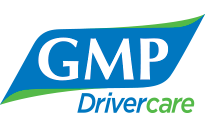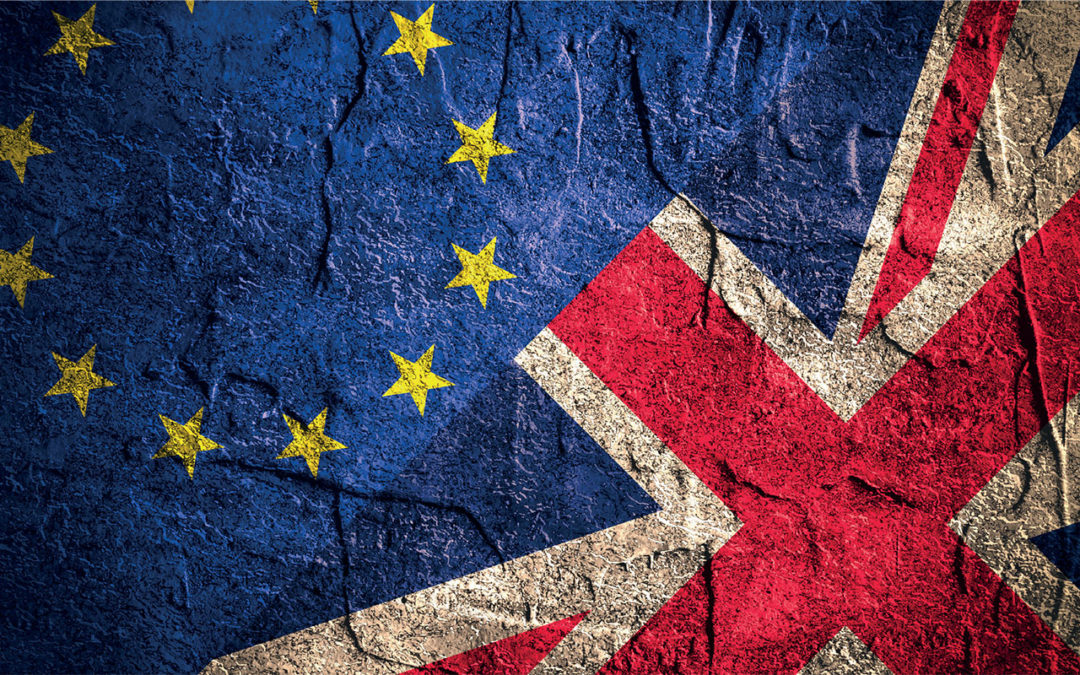Driving in Europe – no-deal Brexit planning
AS WE are still no clearer about whether we are leaving the EU, with a ‘deal’ or ‘no-deal’ the Government has issued the latest guidelines as to what drivers will need if they intend to drive within Europe after the 31st October deadline. The following advice refers to the ‘no-deal’ scenario only.
1) You may need one or more international driving permits (IDPs), as well as your UK driving licence to drive in an EU or EEA country. There are 3 types of IDP:
- 1926 IDP
- 1949 IDP
- 1968 IDP
2) Insurance for your vehicle, caravan or trailer
You will need to carry a motor insurance green card when driving in the EU and EEA. Contact your vehicle insurance provider one month before you travel to get green cards for your
vehicle, caravan or trailer.
3) You’ll need multiple green cards if:
- you have fleet insurance – you’ll need a green card for each vehicle
- your vehicle is towing a trailer or caravan – you’ll need one for the towing vehicle and one for the trailer / caravan (you need separate trailer insurance in some countries)
- you have 2 policies covering the duration of your trip, for example, if your policy renews during the journey
4) Vehicle registration documents
If you’re taking your vehicle to the EU for less than 12 months, you should carry one of the following documents with you:
- your vehicle log book (V5C), if you have one
- a VE103 to show you’re allowed to use your hired or leased vehicle abroad
- Trailer registration
You will still need to register some commercial and noncommercial trailers before towing them to or through most EU and EEA countries.
5) GB stickers and number plates
You should display a GB sticker on the rear of your vehicle, even if you currently have a number plate which includes the GB identifier.
6) Road traffic accidents – making an insurance claim
If you are involved in a road traffic accident in an EU or EEA country you may not be able to make a claim via a UK-based claims representative or the UK Motor Insurers’ Bureau (MIB).
Instead, you may need to bring a claim against either the driver or the insurer of the vehicle in the EU or EEA country where the accident happened. This may involve bringing the claim in the local language.
Read the full article below:
Read more at https://gmpdrivercare.com
For further information or read more visit: http://www.driverlinkmagazine.com/



